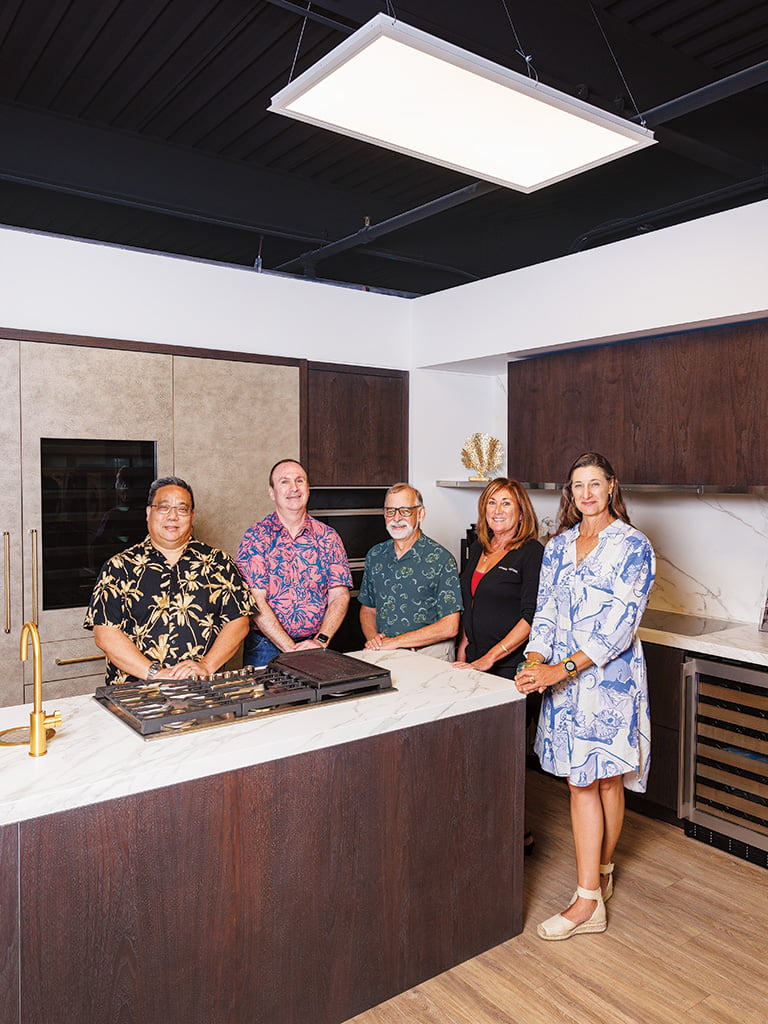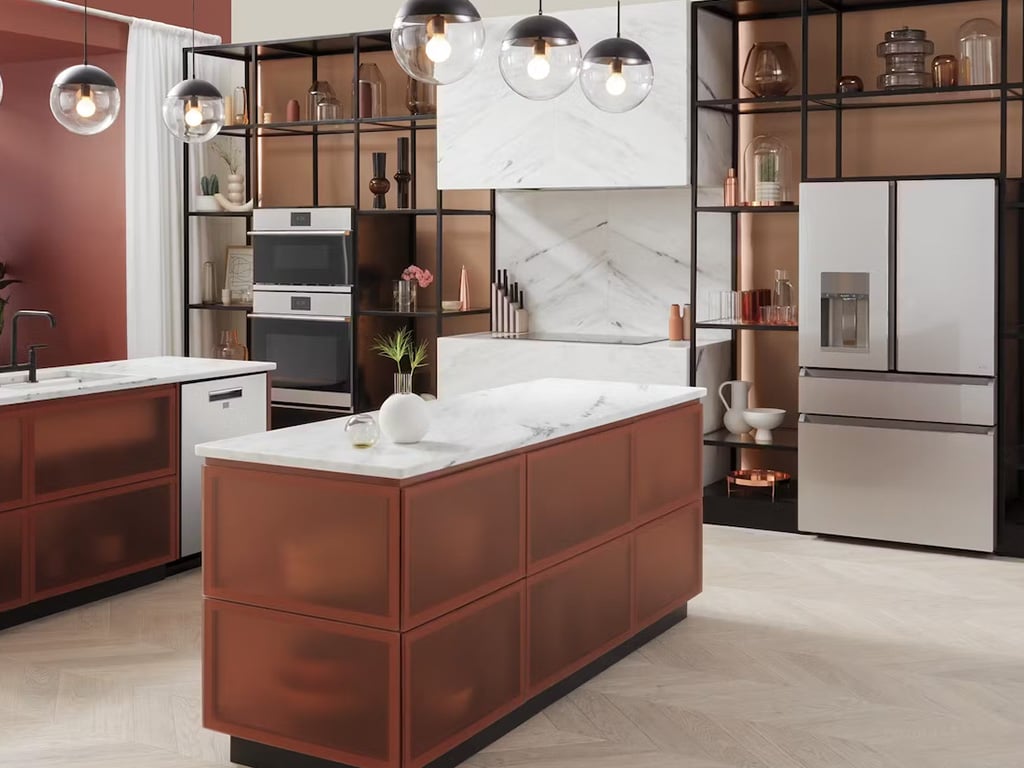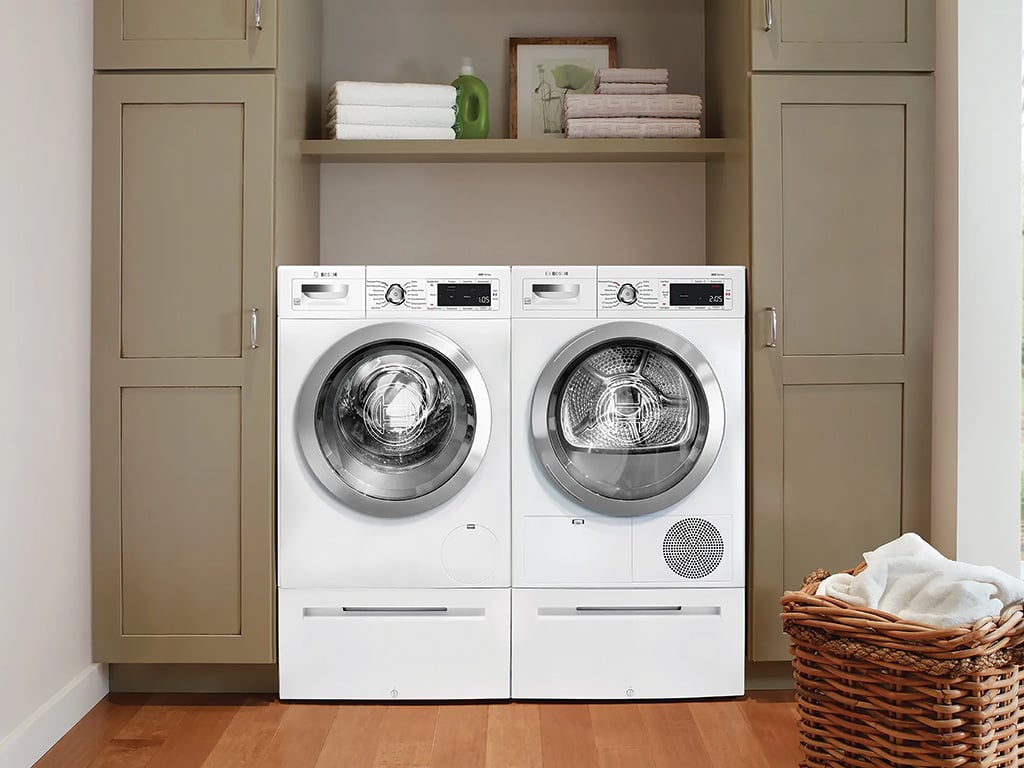Go Green!
Make an investment in eco-friendly upgrades to your home.

Environmentally-friendly home products have become an expectation. Fortunately, there are plenty of products and professionals available locally to help you incorporate green living into your home. Investing in eco-friendly home upgrades may cost a bit of money up front, but the payoff in reduced energy bills, higher resale home value and a smaller carbon footprint could well be worth it.

Factors to Consider
Tax Credits
Your home energy upgrades may qualify you for tax credits; consult your tax professional.
Resale Value
Energy-efficient, eco-friendly upgrades may give your home a higher resale value.
“A HELOC offers convenience and flexibility to purchase appliances or make payments to contractors along the way as needed.”
— Lei Bagayas, Kahului Service Manager, HawaiiUSA FCU

Photo: Josh Walling, Courtesy of Design Trends Construction
$ Energy-Efficient Appliances
Energy-efficient appliances can make cooking and cleaning at home more enjoyable and less expensive in the long-run. These appliances use less energy, which will result in lower operating costs. Look for the ENERGY STAR label to ensure your new appliances are certified to be energy-efficient.
This kitchen by Design Trends Construction features Kenmore Elite appliances, which can be purchased from Sears.
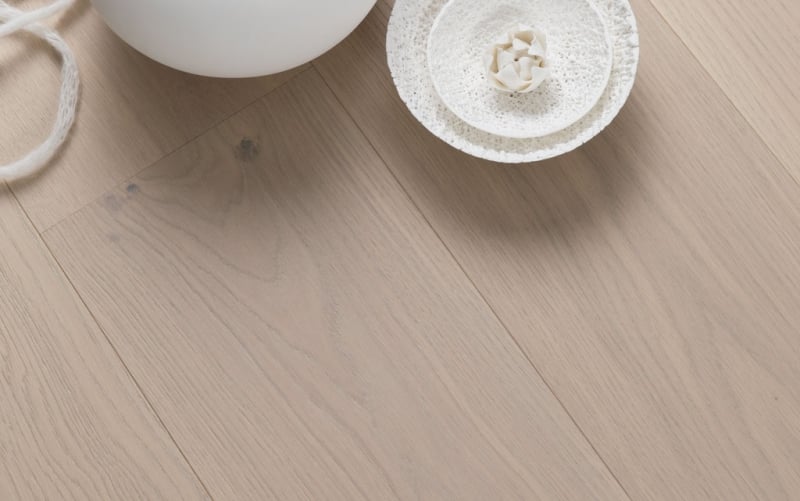
Photo: Courtesy of Pacific American Lumber
$$ Eco-Friendly Floors
Engineered wood floors from Pacific American Lumber are an excellent way to incorporate eco-friendly living into your home. They generally cost about the same per square foot as solid hardwood floors, but you’ll save time and money on the installation process. DJ Alfapada says solid wood flooring takes one to two months to acclimate to the job site, and needs a subfloor on top of concrete to install, whereas engineered floors can be installed in one day.
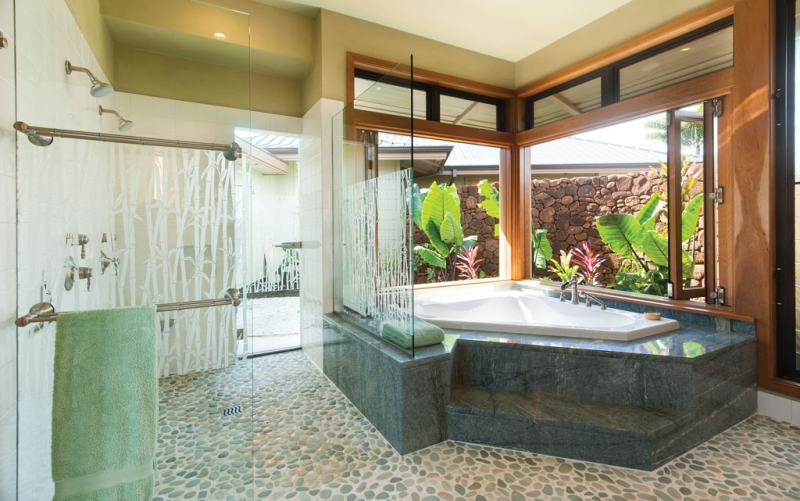
Photo: Josh Fletcher, Courtesy of Green Sand Architecture + Sustainability
$$$ Live Off the Grid
The ultimate upgrade in eco-friendly living is to take your home off the grid. Green Sand Architecture + Sustainability designed this house to be LEED certified at the platinum level, the highest level of LEED certification, and operating off the grid. The firm designed priceless details and systems for the homeowners that are not only sustainable, but regenerative. Rhonda Goyke says water, energy and wastewater are the three most important systems to consider when designing a home to operate off the utility grid.
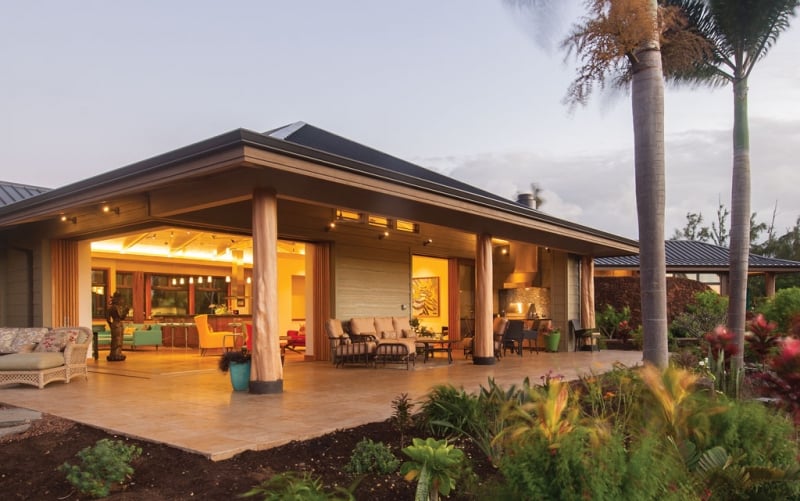
Photo: Josh Fletcher, Courtesy of Green Sand Architecture + Sustainability
Stay in the Green
HawaiiUSA FCU offers financing options for eco-friendly home upgrades.
If you’ll be financing your eco-friendly home improvements, consider tapping into your home’s equity — the difference between the potential selling price of your home, and what you owe on your mortgage. A Home Equity Line of Credit (HELOC) is a revolving source of funds that you can draw from periodically to pay contractors, by writing a check or using a credit card connected to the account. It offers convenience and flexibility to purchase appliances or make payments to contractors along the way as needed. This can even help spread out costs of a larger project over time to go easy on your wallet. Look for a HELOC with competitive fixed rates, no annual fee, and no prepayment penalty.
You only make monthly payments on the amount you borrow. HELOCs provide the flexibility of accessing cash, but not paying interest until you actually withdraw it. A benefit of using a HELOC is that the interest rate is usually lower than that for a credit card or personal loan, since your home secures the amount borrowed. Additionally, HELOCs may offer certain tax advantages — talk with your accountant to see what you may qualify for.
You may also be able to obtain cash from other sources. One solution to consider is turning to your investment portfolio. Selling some of your stocks or other investments can free up cash to pay for your eco-friendly improvements. Consult with your financial adviser to decide which stocks to sell to keep your tax outcome and other factors optimized.



